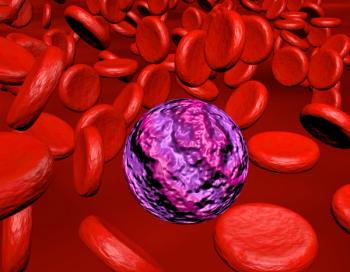
Hypofractionated RT Improves Specific QOL in Breast Cancer With Reconstruction

Hypofractionated radiotherapy yields less financial toxicity than conventionally fractionated radiotherapy in patients with breast cancer who have undergone reconstruction following mastectomy.
Patients with breast cancer who have undergone reconstruction following mastectomy experienced an improvement in specific quality of life domains with hypofractionated radiotherapy compared with conventionally fractionated radiotherapy in the phase 3 FABREC study, according to Julia S. Wong, MD.
Wong spoke with CancerNetwork® during the
Findings from the FABREC study highlighted a positive change in physical wellbeing (PWB) among patients who underwent hypofractionation compared with conventional fractionation (PWB, .20; 95% CI, -0.80 to 1.18; P = .70). Additionally, the mean number of hours of unpaid time off work for treatment (n = 51) was 73.7 hours in the hypofractionated radiotherapy arm compared with 125.8 hours in the conventionally fractionated radiotherapy arm (P = .046).
Transcript:
We know that these patients go through a lot of treatment. They've been through surgery—sometimes more than 1 surgery—they've often been through chemotherapy, and then the radiation comes at the end. They’re tired; they’ve been through a lot of treatments. When presented with the information that they’re supposed to receive 5 weeks of daily radiation, sometimes that’s daunting. It’s a continued hit on their quality of life, time away from their families, and time away from work. To have the option to do the radiation in 3 weeks instead of 5 is something that is meaningful to these patients who’ve been through a lot of treatment. Helping them wrap up this portion of their treatment sooner is something that we think is meaningful for their lives.
Reference
Wong JS, Uno H, Pellegrini C. Patient-reported and toxicity results from the FABREC study: a multicenter randomized trial of hypofractionated vs. conventionally-fractionated postmastectomy radiation therapy after implant-based reconstruction. Presented at 2023 American Society for Therapeutic Radiology and Oncology (ASTRO) Annual Meeting; October 1-4, 2023; San Diego, CA. Abstract LBA05.
Newsletter
Stay up to date on recent advances in the multidisciplinary approach to cancer.


















































































